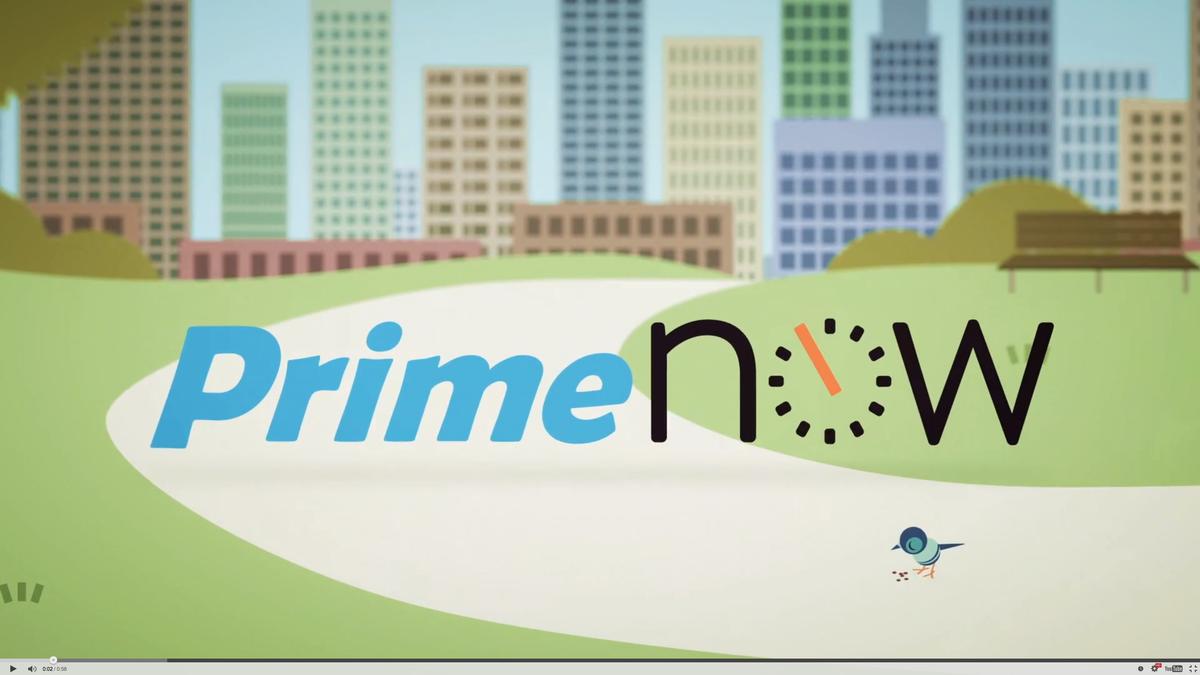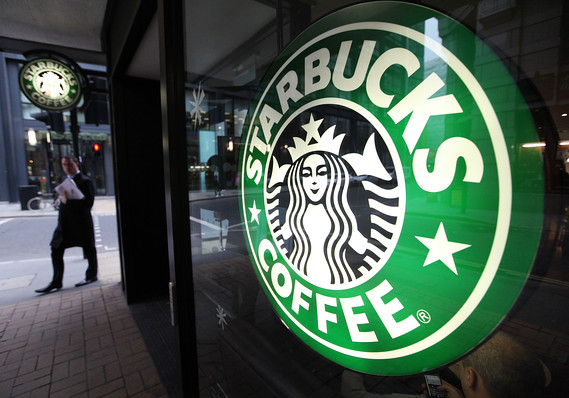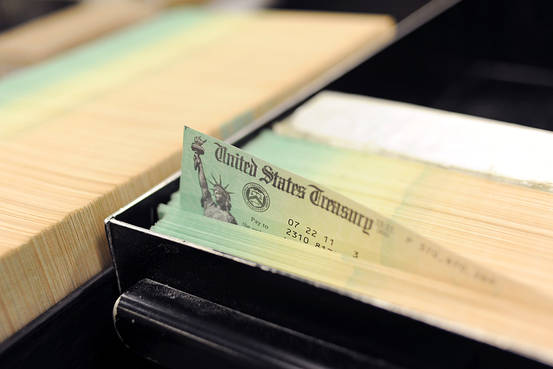Amazon ($AMZN) dominates the holidays by adding 3 million Prime members in a week
More than 3 million people decided it was worth $99 to get that last-minute present delivered from Amazon Prime last week.
Amazon [stckqut]AMZN[/stckqut] announced Sunday that a staggering 3 million people joined the membership service during the third week of December, a major record for the company. More than 200 million items were shipped for free over the holiday season this year, Amazon said in a press release Sunday.
More than 3 million people signed up for Amazon Prime in the third week of December.
Amazon doesn’t say how many Prime members exist, but some have estimated as many as 13 percent of Americans – 41 million people – subscribe to the service. That means Amazon boosted its membership by more 7 percent in just week, something that’s pretty much unheard of for a retailer.
Source: Amazon dominates the holidays: Prime adds 3 million members in a week – Puget Sound Business Journal




